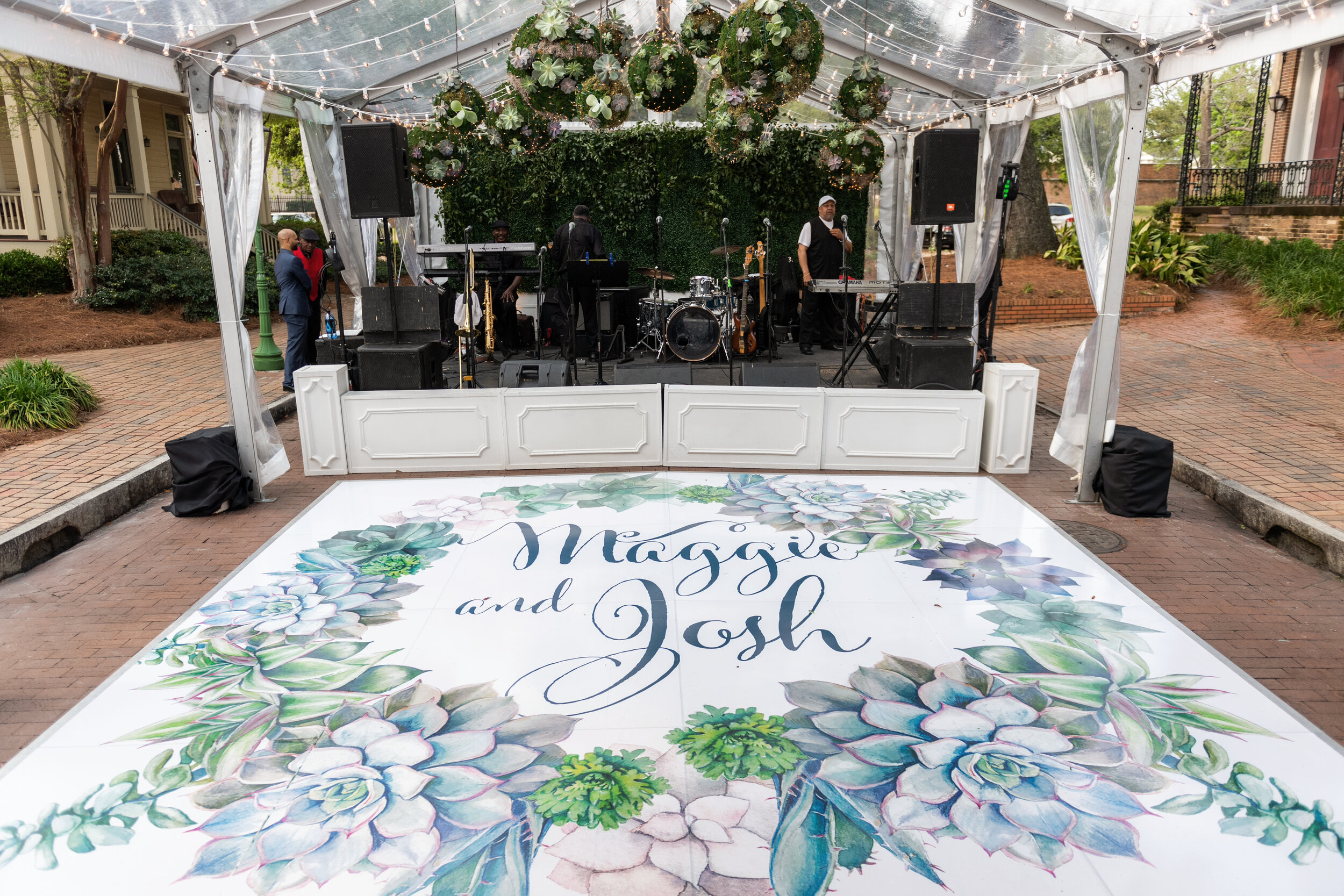Selecting the appropriate materials for building a durable and secure outdoor performance surface is essential for guaranteeing an pleasurable session. Exterior dance floors must endure diverse weather elements while offering a stable foundation for dancers and participants. Therefore, it is essential to evaluate factors such as material durability, safety features, and maintenance requirements when making selections. This article will explore several appropriate options and their advantages in creating an outdoor dance floor.
One popular choice for outdoor dance floors is wood. Wood provides a traditional and inviting appearance that many consider appealing. Hardwoods like maple or oak are particularly favored due to their durability and ability to absorb impact, which can protect dancers’ joints. Additionally, wood has natural slip-resistant properties when finished correctly, minimizing the chance of injuries. However, preserving a timber dance floor requires regular sealing and refinishing to shield it from moisture and UV damage, making it essential to account for the environment in which the floor will be placed.

Another practical option is synthetic composites, which combine wood fibers with polymers. These composites are designed to be impervious to humidity, mold, and discoloration from UV exposure. Composite dance floors offer longevity similar to traditional wood without the intensive maintenance. They are less susceptible to warping and cracking than natural wood floors when subjected to harsh environmental conditions. Furthermore, composite surfaces often have integrated slip resistance features, making them a more secure selection for outdoor useful source occasions.
For those seeking a more modern approach, modular tiles made of PVC or elastomer are reliable options. These tiles are designed for easy setup and can be reconfigured or swapped as needed. The flexibility of using interlocking tiles permits rapid setup and disassembly, making them suitable for temporary dance events or festivals. Moreover, these materials provide cushioning that improves comfort while dancing and reduces the risk of injuries caused by falls. The sealed structure of PVC and rubber also inhibits water penetration, further prolonging the lifespan of the dance surface.
Ultimately, it is crucial to consider the location and intended function of the exterior dance floor when choosing components. For instance, if the dance floor will be situated in a high-traffic area or exposed to inclement weather frequently, opting for durable materials that require minimal upkeep will be important. On the other hand, for lighter use or in more protected locations, lighter options may be adequate. In any case, emphasizing safety aspects such as traction and shock absorption should remain at the center see here of design.
To summarize, building a durable and safe open-air dance floor requires thoughtful assessment of various materials suited for different environments and purposes. Timber provides timeless beauty but demands consistent maintenance; composite materials balance aesthetics with durability; modular flooring provide versatility and ease of use. At the end of the day, identifying the specific requirements of the dance floor's intended use will guide material selection toward selecting the most appropriate solution for an satisfying and safe dancing experience outdoors.